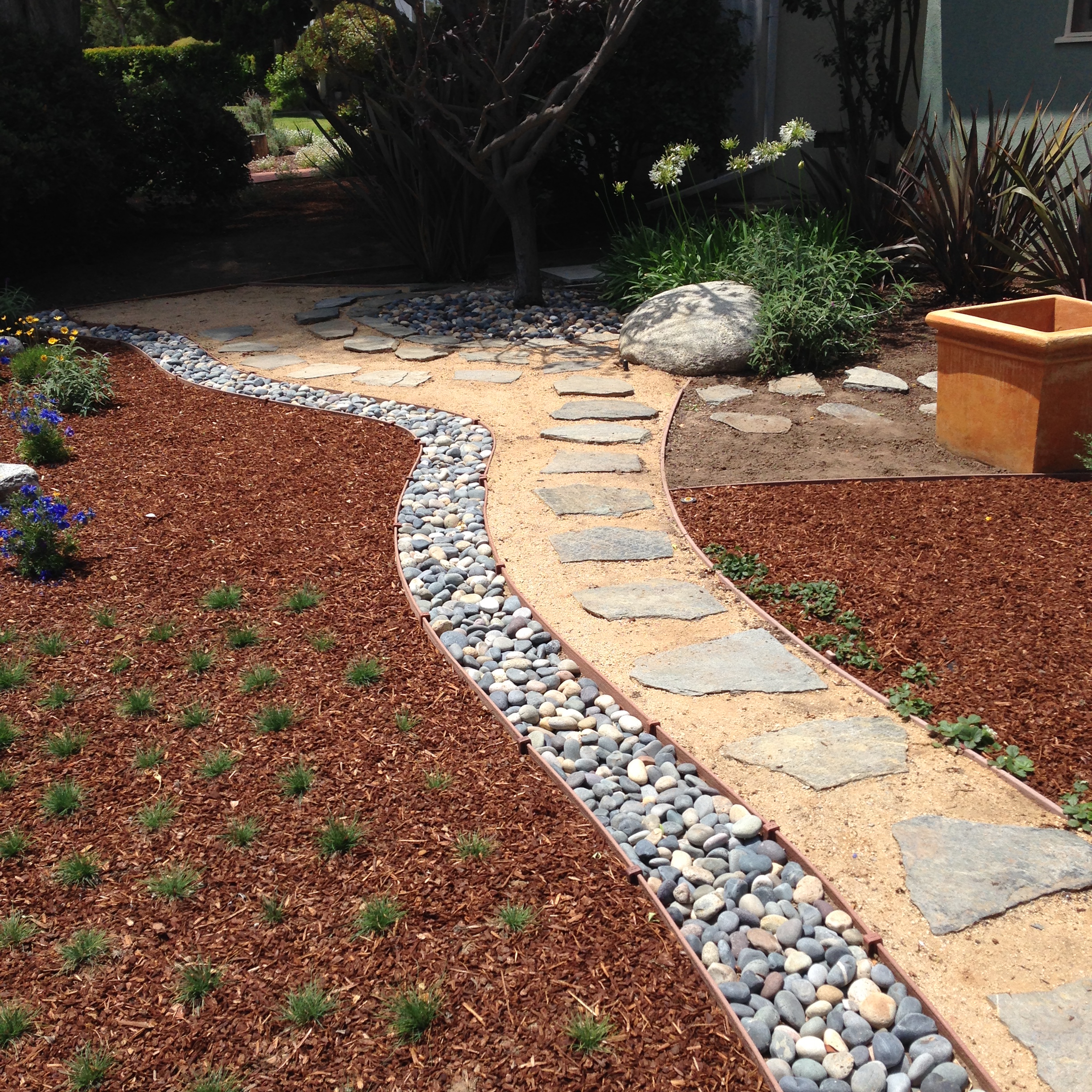More and more homeowners are interested not only in reducing their water bills but also in helping the environment. You can have both without sacrificing beauty.
One excellent way is to add a rock garden to your yard. Whether it’s a focal point, a small yard or just one piece of a large and sprawling landscape design, a well-executed rock garden can really make the landscape pop, while making your life easier.
If you’re thinking of including one in your own space, here’s a quick primer on how to do it.
Pick a Good Spot
Choose a sunny spot in the yard. Xeriscaping is a type of drought-tolerant landscaping, like a rock garden, and is designed to not need much watering. The plants generally thrive in sunny conditions.
This makes a rock garden ideal for a section of the yard that’s hard to reach or where you never seem to be able to grow lush greenery. Consider the views of your chosen location from all angles, including the house, entertainment space, and walkways.
Add a Slope
You’ll want a spot with lots of good drainage and a slight slope that will help rainwater runoff into thirstier parts of your yard. If your garden doesn’t naturally come with these features, you can add them with a little digging and planning. Add drainage underneath the ground by mixing in a few bulky rocks with the dirt below or adding a layer of sand.
A rock garden generally benefits visually from having different levels, so feel free to build it upward with a simple dirt berm, a retaining wall, or layers of medium-sized rocks.
Select Interesting Rocks
Visit your local natural stone supplier and look for some attractive boulders and rocks of different sizes. For a small or medium garden, you’ll probably want one to three large boulders to use as centerpieces. Stick with odd numbers of boulders, since this quantity generally appears more natural and random.
Boulders and large rocks should be settled into the ground about one-third of the way up the rock. This will help keep them stable and make them look more natural. When choosing your base boulders, look for ones that will hold up well in the dirt but that also look attractive above the ground.
Once your larger rocks are in place, add a variety of smaller sizes around them. Use pebbles, pea gravel, or crushed rock to cover the surrounding soil around the larger stones. Be careful to avoid too much symmetry, since this will look man-made.
Add Flowers
The plants and flowers in a rock garden add a fun touch of color and vibrancy. Depending on the style of your overall yard design, you can opt for anything from desert succulents to lush, creeping vines.
If you’re not sure where to start with your rock garden greenery, try a few fun (but hardy) flowers like aubrietia, saxifrage, baby’s breath, or bellflower. Add a small groundcover (like creeping phlox) for some ornamental grasses around the base of the garden and between rocks to help it blend in with the surrounding landscape.
Once your basic features are in place, you may want to add a final touch with an accent piece. Again, your particular accessories will depend on your landscape style, but popular choices include small, self-contained water fountains, a bird bath, an overturned plant pot, or small statuary. Use outdoor solar lights to frame it beautifully at night.
Your new rock garden is sure to bring years of enjoyment to you, your family, and your friends. As a low-maintenance part of your yard, it may even inspire you to find new ways to incorporate xeriscaping into your landscape design. Contact the experts at Bourget Bros. Building Materials for more information on xeriscaping your yard.

